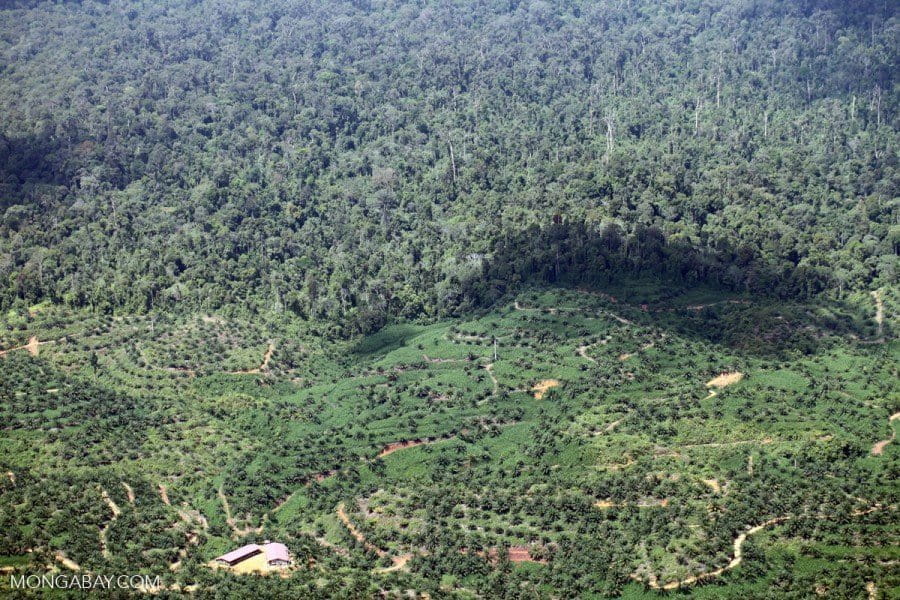- UK-based consultancy TMP Systems studied 262 agriculture, energy and mining sector disputes with local populations; 67 percent of the time those conflicts had a materially significant impact on investors.
- 82 percent of the disputes have occurred since 2000 and were spread across numerous emerging economies.
- According to Washington, D.C.-based Rights & Resources Initiative, 93 to 99 percent of 73,000 development projects studied were initiated on lands already inhabited by local communities or Indigenous peoples.
Conflicts between local communities in developing countries and governments and corporations seeking to exploit natural resources pose a serious threat to investors’ bottom lines, according to new research.
UK-based consultancy TMP Systems studied 262 agriculture, energy and mining sector disputes with local populations in developing countries and found that 67 percent of the time those conflicts had a materially significant impact on investors.
Land conflicts and human rights abuses in resource-rich developing countries from Southeast Asia to Latin America to Africa have become more and more common amidst growing demand for commodities like palm oil, soy and beef.
Yet Ben Bowie, a partner at TMP Systems, told Mongabay in an email that his team’s findings had come as a surprise to many investors and project developers he’d spoken to, though the problem is so prevalent that investors eyeing emerging markets should expect to have to engage with the issue.
Bowie admits that even he was a little surprised at how prevalent the disputes were. “In contrast, some community engagement specialists have said this simply confirms their experience,” he added.

Available data wouldn’t allow Bowie and team to quantify just how much money those disputes actually cost investors.
“But the financial risk is certainly significant — we saw many projects that were suspended or abandoned after millions, and in some case billions, had been invested,” Bowie told Mongabay. “So we are confident that investors would benefit in material terms from improved capacity to identify and manage the risk of dispute.”
An overwhelming 82 percent of the disputes occurred since 2000 and were spread across numerous emerging economies, according to the analysis. But there are hotspots of conflict, Bowie said, “like Peru (mining), Indonesia (agriculture) and India (hydropower).”
Companies often assume that a concession is available so long as the right price is paid — “you do a deal with the government and provide material compensation to the locals,” Bowie said. “This approach is very unlikely to work.”
Rather, TMP Systems’ research concludes that the only way to reduce the risk of dispute is to engage directly with the diverse interests of local people.
“This may seem obvious to some but others have not realized that some people won’t put a price on their home and local area,” Bowie said. “Many expect to simply discount for issues like displacement and environmental damage. But we have demonstrated that you need effective consultation and engagement strategies, among other processes, to deal with these issues. Such processes are a virtual necessity.”
The analysis was released along with two free and open-source toolkits, developed by TMP Systems in collaboration with the Washington, D.C.-based Rights & Resources Initiative, that are designed to help a variety of investors, from corporations involved in project finance to asset managers with large, diversified portfolios, by providing them with access to far better information about the operating environments they are entering and better processes for engaging the locals.
TMP Systems and RRI also teamed up last year to perform an analysis of nearly 73,000 commercial development projects in eight emerging market economies. Those findings help explain why land disputes have become so common: 93 to 99 percent of those 73,000 developments were initiated on lands already inhabited by local communities or Indigenous peoples.
A recent report by RRI found that local communities and Indigenous peoples hold as much as 65% of the world’s land area under customary systems, but governments formally recognize their rights to only a fraction of those lands.
“The assumption that land without clear ownership is uninhabited is a dangerous recipe for any kind of natural resources-based development,” RRI’s Andy White said in a statement.
“In fact, almost none of the world’s land is uninhabited today. Often, local and indigenous communities have been stewards of the land in question for centuries–certainly long before national governments came into the picture. Instead of being pushed aside, these communities need to be treated as key counterparties in any decisions that affect their land and livelihood.”
White says that treating local communities as actual partners in economic development can lead to far-reaching impacts on a project’s sustainability while generating co-benefits that can help alleviate poverty and hunger.
“Industrial or infrastructural development is inherently tied with the economic rights of local inhabitants,” White said. “Equitable economic growth is impossible without taking those rights into account.”